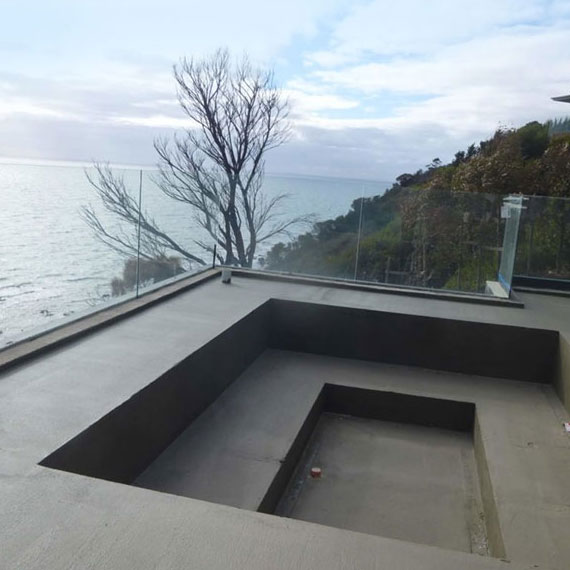Your pool is one of your favourite things about your home. You enjoy relaxing by the poolside on hot summer days, and you take good care of your pool to protect your investment. You practice preventative maintenance, clean the pool regularly and remove any insects or debris that fall in.
You know your pool loses a bit of water every now and again, especially on hot days or when the kids splash too much. However, over time, you’ve noticed that you lose more and more water. You add much more than a few centimetres of water to your pool each week, and you start to wonder if you have a leak.
Even if you have a leak, you don’t need to worry. Most pool owners deal with leaks at least once during their pool’s lifetime. Read on to learn more about how to detect, find and cope with leaks so you can get back to your poolside summer fun.
1. Determine That You Have a Leak
Before you act, find out if you really have a leak or if you simply lose more water to evaporation than you think. Start at the beginning of the week when you typically add water to your pool. Record the water’s height in the pool by placing a strip of duct tape or another non-damaging adhesive at the water level.
Next, fill a large bucket (10 litres or more) with water. Fill it most of the way, then mark the water level with a pen. Set the bucket next to the pool. At the end of the week, check to see if more centimetres of water have evaporated from the pool than from the bucket. If so, your pool probably has a leak.
If you don’t lose more water from the pool than the bucket but you still lose a large amount of water, you might need to invest in a pool cover. This can keep your pool from losing water during the day.
While you conduct this experiment, take care that no one in the pool splashes excessively. In fact, you may want to keep your kids out of the pool altogether for the week. Any water that splashes out of the pool could make it seem that you lose more water than normal.
2. Determine Where the Leak Comes From
If you discover you have a leak, find out what it stems from. Of course, you can always call the professionals to locate the leak if you’re unsure where it is. They might ask you questions like the following:
- Does the pool only leak when you turn on the equipment? If so, you could have a pressure leak-the filter pump might put too much pressure on the pool’s plumbing.
- Does the pool only leak when you turn off the equipment? If so, the filter pump could pull in air through the leak, which masks a plumbing problem.
- Does the pool leak constantly, regardless of what equipment you use? If so, your pool’s plumbing might not be the culprit. Instead, your pool’s material could have cracks that let water escape.
- Do you see any water around the pool, even when no one plays in it? Do you notice any dead patches of grass or flowers? If so, water could leak from the pool’s sides and edges.
As soon as you or your professional technician finds the leak, he or she can repair it.
3. Conserve Water
Now that you know what caused your pool to leak, you can take steps to prevent leaks and other forms of water loss in the future. Even the smallest leak can cause you to lose thousands of litres per month. Minimise your water bills and avoid future damage with these simple steps:
- Install a pool cover to prevent evaporation.
- Maintain your pool’s exterior. Patch cracks in the vinyl, cement or other material before they worsen.
- Check your pool equipment for tears, rips or holes frequently. The earlier you can catch a problem, the better.
- Waterproof your pool. A waterproofing expert can ensure that your pool stays airtight and conserves water all year long.
With these easy steps, you’ll be ready for a leak-free pool and several months of summer fun. Enjoy your pool, and contact a waterproofing and leak specialist as soon as a probl



